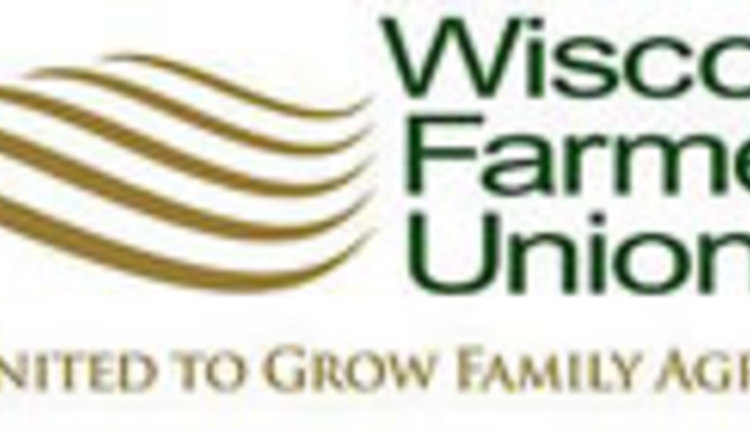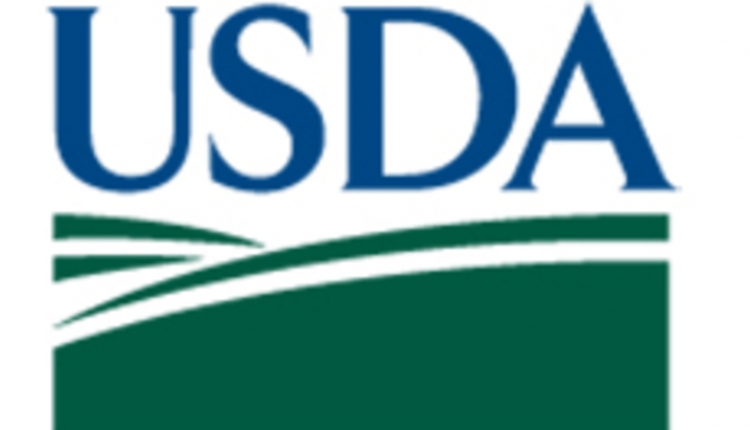For too long, the dairy and beef industries have been tethered together when investigating approaches on identification. After over a decade of joint efforts, it is clear many beef producers don't want any part of a modern identification system. Most of us dairy farmers already have incorporated updated ID methods into our daily routines. It is time to make the separation official by allowing dairy-based groups to develop and implement their own plan.
In November 2009, a group of 13 livestock organizations came together with the admirable goal of making another attempt to develop consensus on cattle identification. Known as the Cattle ID Group (CIDG), it ultimately couldn't even reach agreement two years later on a unified response to USDA's latest identification proposal. To our credit, only two dairy-based groups were among the 13 organizations.
As identification efforts splinter due to infighting and dried-up national funding, Wisconsin is attempting to buck the stalemate. Imagine, in a state where recall elections are becoming an annual phenomenon, politicians from both sides of the aisle are partnering to forge a strong foundation for the state's vital dairy industry. And other species are joining the effort.
Specifically, the three-part proposal would combine voluntary incentives and continue Wisconsin's mandatory premise registration. To fund premise efforts, the state would match industry-generated funds dollar-for-dollar up to $250,000. For animal identification, the proposal would give producers a 25 percent tax credit on purchased RFID tags (radio frequency identification) and electronic readers.
We encourage Wisconsin politicians, the dairy industry, and our livestock friends to set an example for the rest of the country. Our nation needs a livestock tracking model in case, or should we say when, there is an actual disease outbreak. Not only will it protect domestic markets but our growing export opportunities.
In November 2009, a group of 13 livestock organizations came together with the admirable goal of making another attempt to develop consensus on cattle identification. Known as the Cattle ID Group (CIDG), it ultimately couldn't even reach agreement two years later on a unified response to USDA's latest identification proposal. To our credit, only two dairy-based groups were among the 13 organizations.
As identification efforts splinter due to infighting and dried-up national funding, Wisconsin is attempting to buck the stalemate. Imagine, in a state where recall elections are becoming an annual phenomenon, politicians from both sides of the aisle are partnering to forge a strong foundation for the state's vital dairy industry. And other species are joining the effort.
Specifically, the three-part proposal would combine voluntary incentives and continue Wisconsin's mandatory premise registration. To fund premise efforts, the state would match industry-generated funds dollar-for-dollar up to $250,000. For animal identification, the proposal would give producers a 25 percent tax credit on purchased RFID tags (radio frequency identification) and electronic readers.
We encourage Wisconsin politicians, the dairy industry, and our livestock friends to set an example for the rest of the country. Our nation needs a livestock tracking model in case, or should we say when, there is an actual disease outbreak. Not only will it protect domestic markets but our growing export opportunities.
This editorial appears on page 122 of the February 25 , 2012 issue of Hoard's Dairyman











